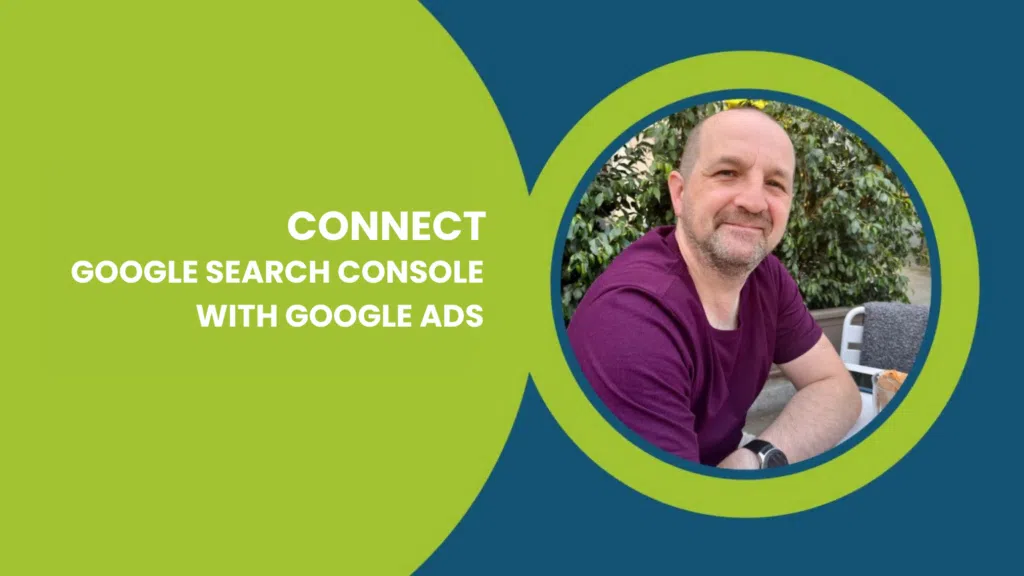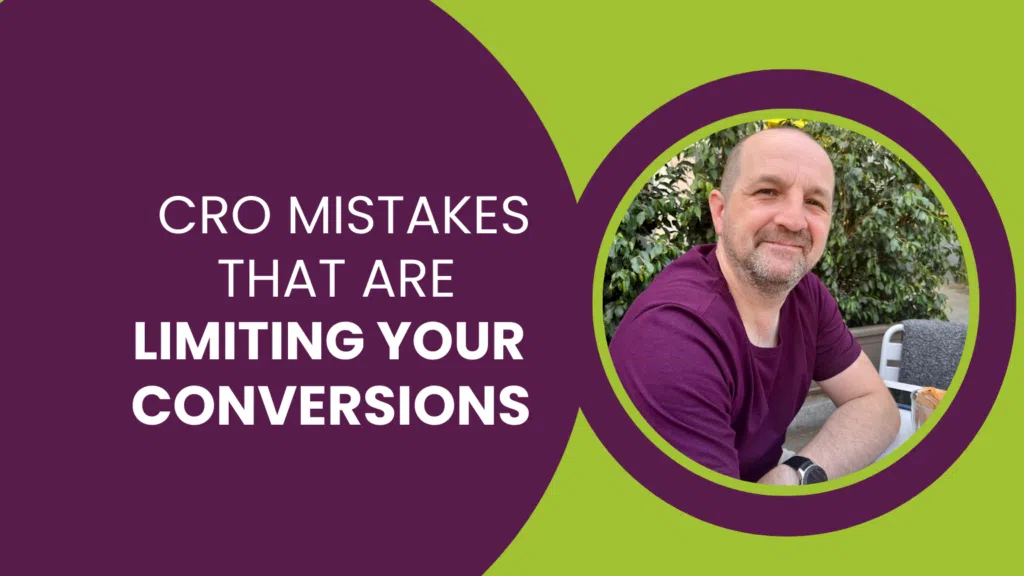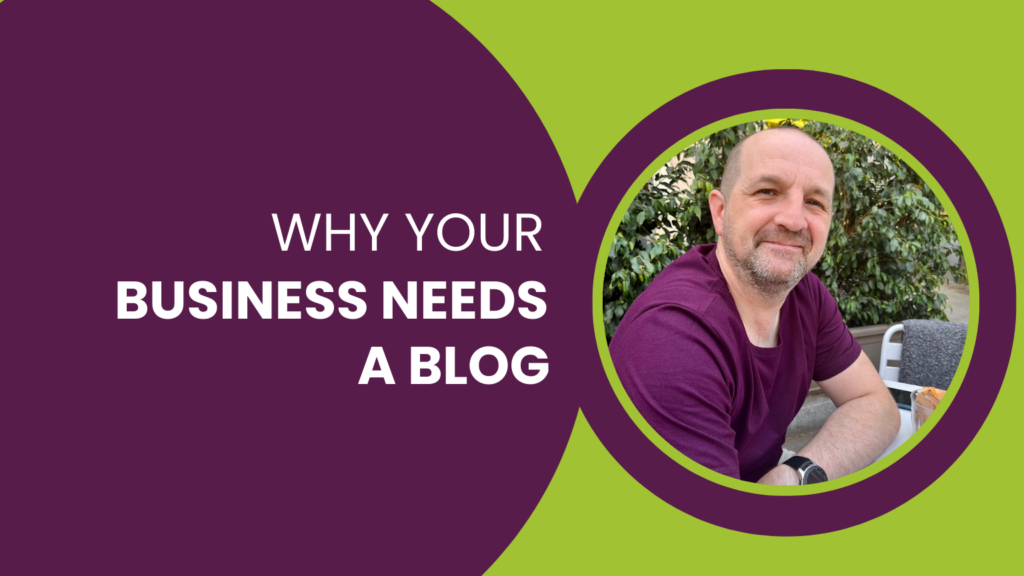News Roundup: Abandoned Cart Recovery, Facebook Rumours, AdWords Tips for eCommerce and Product Page Optimisation
This edition of our eCommerce Marketing News focuses on cart abandonment and how to recover sales, rumours that Facebook may be on the verge of a move into eCommerce, essential AdWords tips for eCommerce stores and some great advice for optimising product pages to increase conversion rates and sales.
5 Tools to Help Reduce Cart Abandonment and Increase Sales
In this great post from Realex Payments, Rodolfo Melogli shares 5 tools to help reduce cart abandonment on eCommerce stores. Whilst the tools are extensions for the WooCommerce platform, the principles are sound and we’re sure you’d find similar extensions and plugins for your own eCommerce platform.
- Switch Currency to make sure users can see prices and pay in their own currency.
- Recover Abandoned Carts with automated emails.
- A Recommendation Engine adds further products similar to those in the cart, increasing the average sale value.
- Simplify the Checkout Process with a one-page checkout, rather than a process which uses multiple pages.
- Use Smart Coupons or Vouchers to make discounts more personal, combining products.
MailChimp Introduces Abandoned Cart Automation Workflows
Whilst we’re on the subject of abandoned carts, MailChimp has raised the bar, introducing its own email automation for abandoned carts.
“A brand new feature that analyzes the purchase behavior of your customers and makes smart, data-driven predictions about the items each individual customer will purchase in the future. It’s a powerful personalization tool that will help you get the right products in front of the right customers and sell more stuff.”
The process helps to remind customers what they left behind in the cart, increasing returning visitors.
Targeting Users with Abandoned Carts
Remember that there are retargeting options with ads across different platforms too;
- You can configure remarketing audiences using Google Analytics and to target those audiences with dynamic remarketing ads – they’ll see ads for products they’ve viewed on your eCommerce store across the Google Display network.
- Those same audiences can be targeted with YouTube videos too, for example.
- You can target visitors to your site or sections of it, such as the shopping cart, using Facebook Ads.
- Twitter also has a remarketing option, allowing eCommerce stores to target site visitors with promoted tweets using Twitter Ads for eCommerce.
Is Facebook About to Make a Move into eCommerce?
A recent AdWeek post speculates that, as Facebook has many of the necessary building blocks to make such a move, it could be about to make a move into social media for eCommerce.
We know that many social platforms are working on Buy Buttons which would allow users of social platforms to buy products directly from the social stream.
We also know that Facebook has a close relationship with eCommerce platform Shopify. This provides an opportunity to create a store directly on the Facebook platform which would be powered by Shopify. Customers can buy without ever visiting your website, thanks to social media for eCommerce.
5 Essential AdWords Tips for eCommerce
This post highlights essential components of an effective AdWords campaign for eCommerce stores, from the use of negative keywords to reduce wasted budget on irrelevant and/or low-intent search traffic, to using AdWords ad extensions to increase visibility of your ads, add more benefits and ultimately to significantly increase ad response and drive down the cost of traffic to your site.
Among my personal favourites is the focus on Impression Share which has a huge impact on conversion rates and profitability – the buying patterns for more expensive or technical products, such as electronics, occur over longer periods of time and involve more ad impressions and clicks than products which are lower in price and which are less complicated, which enjoy a shorter sales cycle. A low impression share often means that you’ll get clicks during the research phase, but your budget prevented your ad from showing just when the customer was ready to buy!
Optimising Product Pages for Conversions
Conversion Rate Optimisation is an obsession of successful eCommerce store owners. And so it should be. A higher conversion rate reduces the cost of every sale from your AdWords campaigns, increases sales, profitability, and overall ROI. We’ve posted before about site speed having a significant impact on conversion rates – product photography, descriptions, reviews, site navigation, delivery prices and times can all have a significant impact on conversion rates and profits.
In a recent post on Practical eCommerce, Pamela Hazelton shares some great insights into the design and functionality of product pages that will help increase conversion rates, sales and profits.
Related Content
Speak with a SpecialistOur eCommerce Marketing Specialists







